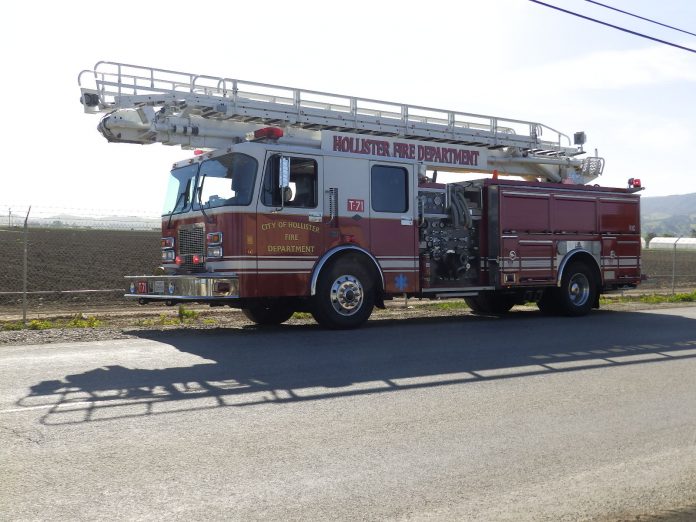
When we think about how to be prepared for a disaster, we, of course, think mostly about earthquakes. After all, San Benito County does sit on top of the San Andreas and Calaveras faults. Most of us clearly remember the 1989 Loma Prieta earthquake and how it affected our communities and our families. We worry about when the next big one will hit and how we can be better prepared for it.
But being ready is not just for earthquakes. A disaster can be in the form of a fire, flood and even disease outbreak such as pandemic influenza. Disaster can strike quickly and without warning. It can force you to evacuate or confine you to your home. What would you do if this happened? Would you be prepared?
Because disasters don’t happen very often, preparedness is sometimes at the bottom of our to-do lists. Is it worth going to the trouble of putting together emergency kits and making plans for something that might never happen? We believe so. For the well-being of our family and community, we concur with Benjamin Franklin: An ounce of prevention is worth a pound of cure.
Preparing for a disaster starts with learning about what to do in specific situations. In an earthquake, drop, cover, and hold: Drop to the ground, take cover by getting under a sturdy desk or table, and hold onto it until the shaking stops, then get to a safe place outside. If you are already outside, find a clear spot away from buildings, trees, and power lines and drop to the ground. If you are in a car, slow down and drive to a clear place. Learn how to shut off your main gas line and fuse box power, as these systems could be damaged during the shaking.
In an outbreak of disease that is spread from person to person, such as pandemic flu, measles, or whooping cough, wash your hands often and teach your kids to wash their hands. Health officials may close schools and businesses, and administer medication or vaccination to prevent illness. Getting vaccinated before an outbreak is even more effective because it prevents disease from circulating in our communities. And you can keep your immune system functioning at its best by eating well-balanced meals and getting enough sleep, outbreak or not.
No matter what the disaster is, are you prepared to take care of yourself and your family for at least 72 hours? Do you have a family emergency plan? Do you have an emergency supply kit? If not, here are some ideas to get you started.
A family emergency plan should include: designated meeting places inside and outside of your neighborhood; escape routes out of your home; instructions to turn off water, gas and electricity; emergency phone numbers; and a contact person who lives out-of-state for family members to notify they are safe.
An emergency supply kit should contain: water (one gallon per person per day); non-perishable food and a can opener; a flashlight and extra batteries; a battery-powered or hand crank radio; a cell phone with charger; a first aid kit; hygiene products and garbage bags; and a multipurpose tool. You can also consider keeping copies of important documents, extra cash, and an extra set of car and house keys. Refill prescription medications before running out so you always have a few days’ supply on hand.
The best way to deal with disasters is to be prepared. If disaster strikes, remain calm and rely on your plan. September is National Preparedness Month. This year we are asking you to take action now—make a plan with your community, your family, and for your pets. We ask everyone to participate in America’s PrepareAthon! and the national day of action, National PrepareAthon! Day, which culminates National Preparedness Month on Sept. 30. Don’t wait. Communicate. Make your emergency plan today.
For more information on disaster preparedness, consult with the San Benito Health Department or visit these websites:
http://www.ready.gov/are-you-ready-guide
http://emergency.cdc.gov/preparedness/index.asp and http://www.redcross.org/prepare/









